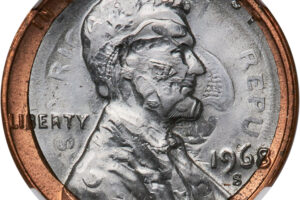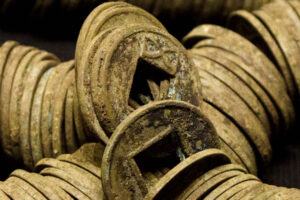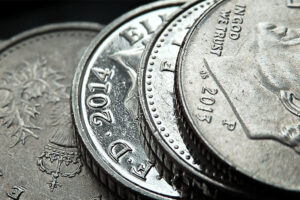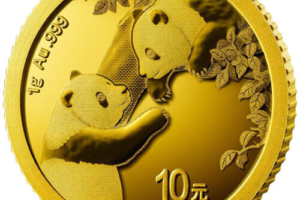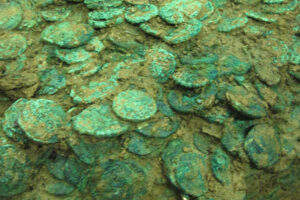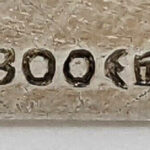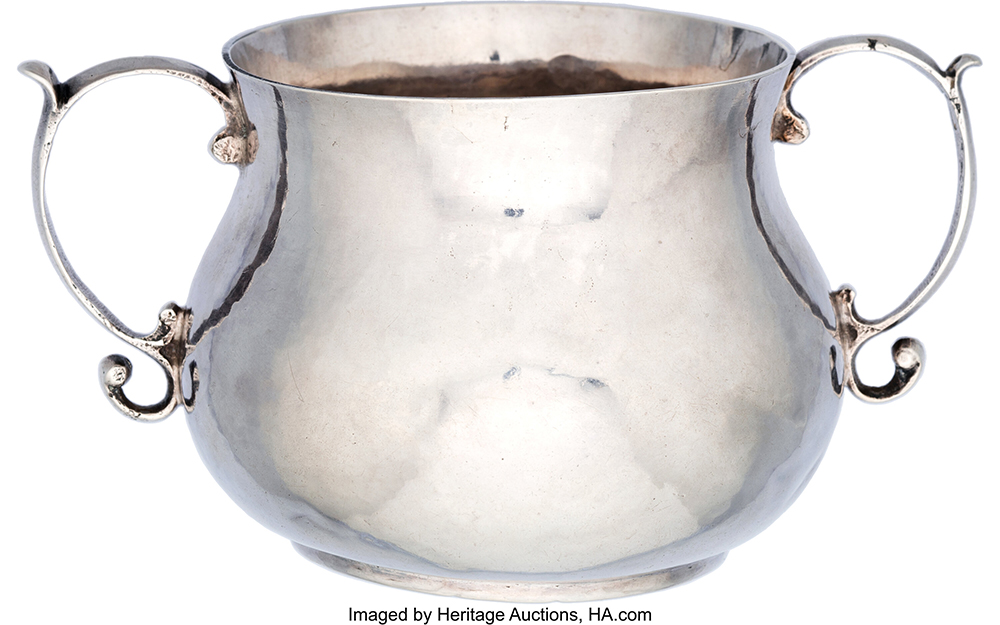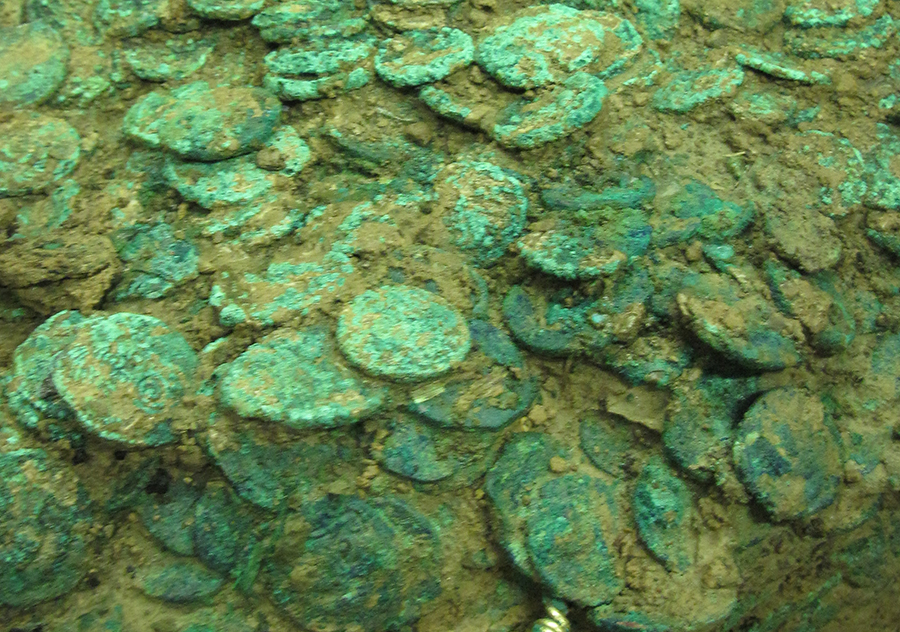
Silver is a precious metal that has been used for centuries in various forms, including jewelry, tableware, and decorative items. Among the many types of silver, one lesser-known but still valuable alloy is 900 silver. This article will discuss this alloys advantages, common markings, history, and where to find genuine 90% items.

90% silver, also known as coin silver, is a silver alloy that consists of 90% pure silver and 10% other metals, typically copper. The “900” in its name represents the proportion of pure silver per 1,000 parts of the alloy. This composition offers a good balance between the beauty of pure silver and the durability and tarnish resistance of other metals.
90% Silvers’ Many Uses
900 silver has been used in a variety of applications over time, such as:
- Coins: Historically, this blend was often used in the production of coins due to its durability and malleability.
- Jewelry: While not as popular as 925 or 950 silver, 90% silver can still be found in rings, necklaces, bracelets, and other types of jewelry.
- Tableware: Silverware, serving dishes, and other tableware items made from 90/10 provide a more affordable alternative to higher-grade silver alloys.
- Decorative Items: Can be used in various decorative items like picture frames, candlesticks, and vases, offering a unique and antique appearance.
Why 90% Silver is Chosen Over Alternatives
There are several reasons why:
- Durability: With a higher percentage of copper or other metals, coin silver is more robust and durable compared to purer silver alloys.
- Affordability: Less expensive than higher-grade silver alloys, making it a more cost-effective option for consumers.
- Unique Appearance: The slightly lower silver content of .9 silver can give it a distinctive, antique look that appeals to collectors and enthusiasts.
History and Popularity of 900 Silver

Coin silver has been in use since ancient times. The name “coin silver” comes from its widespread use in the production of coins throughout history, particularly in the United States, Europe, and Latin America. Although 900 silver has been overshadowed by the more popular 925 and 950 silver alloys in recent years, it remains an essential part of silver history and maintains a niche market for collectors and enthusiasts.
Where to Find 90/10 Silver Items

The best places to find this blend of silver items include:
- Antique Shops: Antique shops often carry a variety of vintage 900 silver items, such as tableware and decorative pieces.
- Online Retailers: Websites like Etsy, eBay, and Amazon offer a selection of items from various sellers, including jewelry and collectible coins.
- Coin Shops: As 90% was commonly used in coin production, you can find 900 silver coins at specialized coin shops and numismatic dealers. Pre-1965 (Coinage Act of 1965)
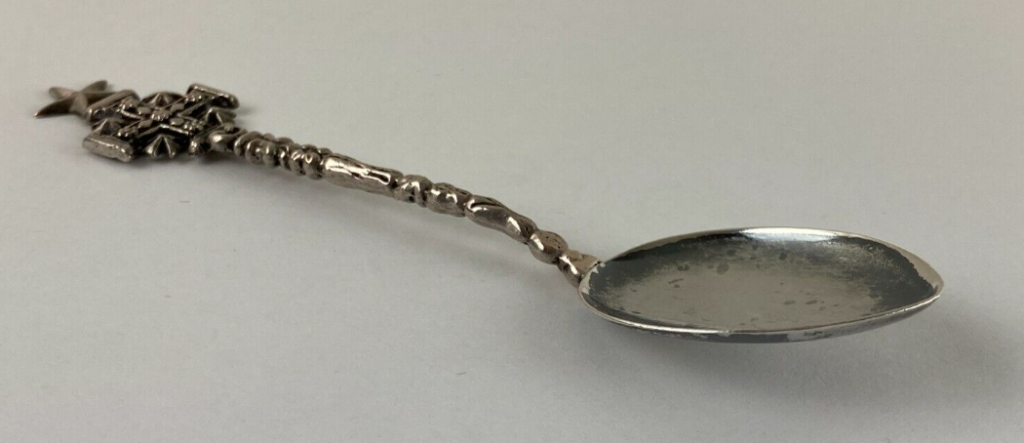
Identifying Genuine 900 Silver Markings
To ensure you are purchasing a genuine 90% silver item, look for specific markings or stamps on the piece:
- “900” or “0.900”: These markings indicate that the item is made from .900 silver, with 90% pure silver content.
- Hallmarks: Some countries have specific hallmarks that indicate the purity of silver, such as the French Minerva or the British lion passant. Familiarize yourself with the hall
Example Markings






900 vs 925 and 800 Silvers
The difference between 900 silver, 925 silver, and 800 silver lies in the silver content and composition of the alloys. All three are silver alloys, but they have different proportions of pure silver and other metals:
- 900 Silver: Also known as coin silver, 90% silver is made up of 90% pure silver and 10% other metals, typically copper. The “900” indicates that there are 900 parts of pure silver per 1,000 parts of the alloy. This alloy has a slightly lower silver content than the others, making it more affordable and durable but less lustrous.
- 925 Silver: Commonly known as sterling silver, 925 silver consists of 92.5% pure silver and 7.5% other metals, usually copper. The “925” signifies that there are 925 parts of pure silver per 1,000 parts of the alloy. Sterling silver is widely used in jewelry, tableware, and decorative items due to its durability, tarnish resistance, and affordability.
- 800 Silver: 800 silver is an alloy containing 80% pure silver and 20% other metals, typically copper. The “800” represents the proportion of pure silver per 1,000 parts of the alloy. With a lower silver content, 800 silver is less valuable and less lustrous than 900 and 925 silver but offers increased durability and resistance to wear.
In summary, the main difference between 900, 925, and 800 silver is the silver content, with 925 silver having the highest percentage of pure silver, followed by 900 silver and then 800 silver. This difference affects their properties, such as durability, malleability, tarnish resistance, and value. While 925 silver is the most popular choice for jewelry and tableware, 900 and 800 silver also have their unique uses and appeal.

